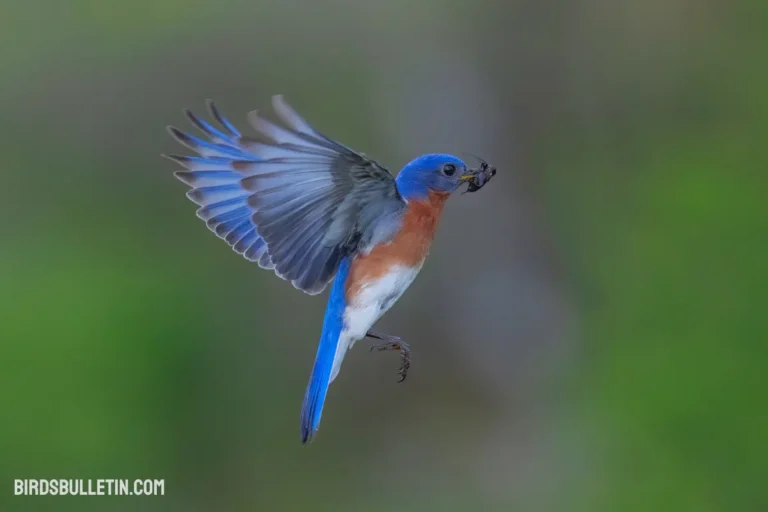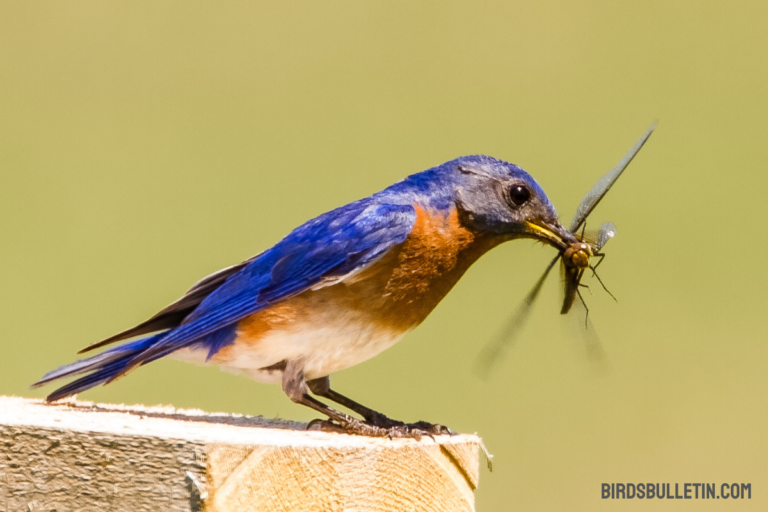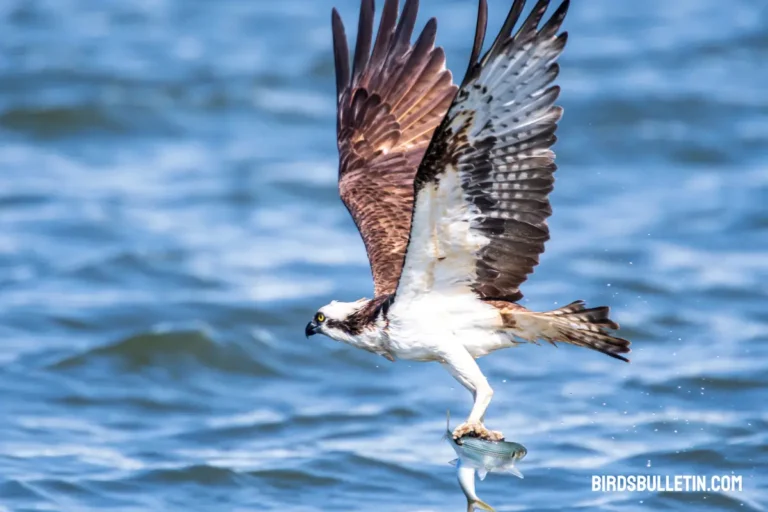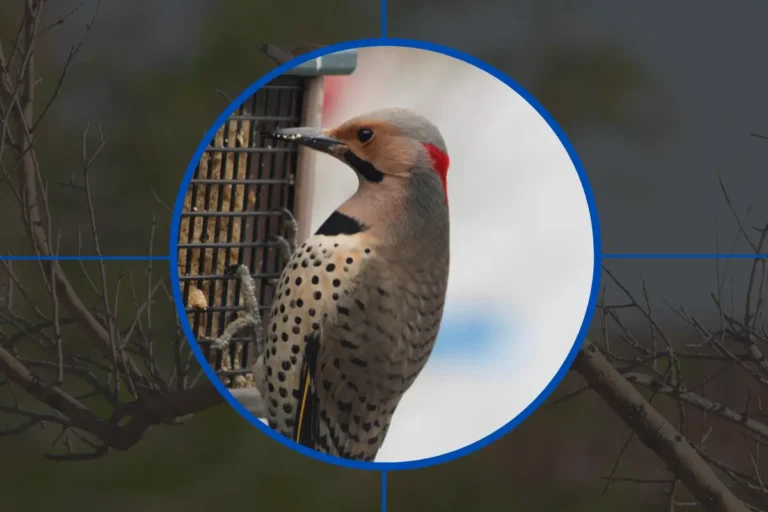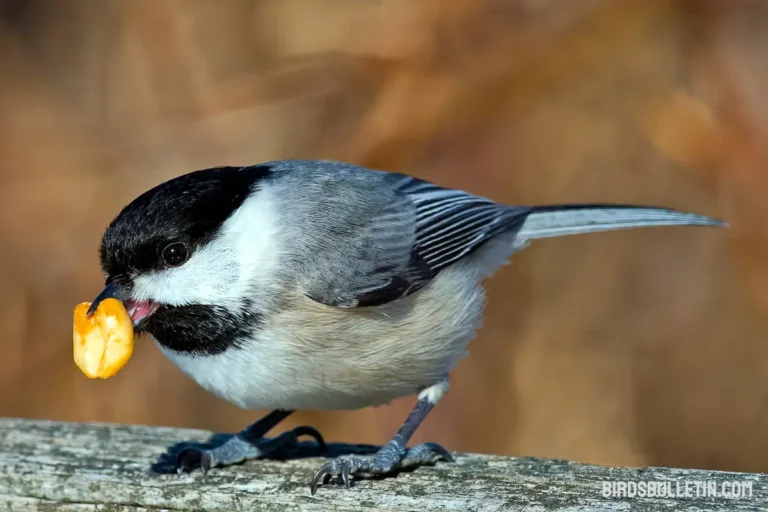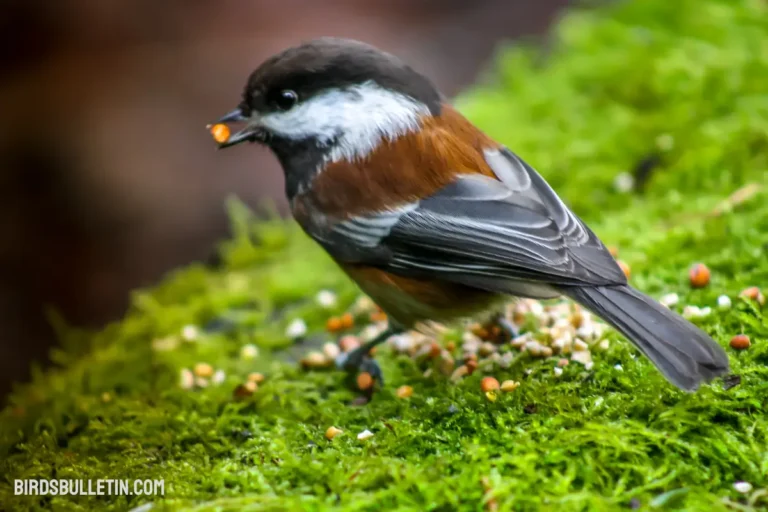What Do Brown Thrashers Eat?
The brown thrasher is an omnivorous songbird found throughout the eastern and central United States and parts of southern Canada.
This bird has diverse diets and foraging behaviors that shift across seasons to take advantage of readily available food sources. Their varied diet and adaptability contribute to their wide distribution across North America.
Brown Thrashers employ a distinct foraging method by flipping over ground litter to uncover hidden food underneath. Their curved bill is perfectly adapted for probing into soil and decaying wood. While they spend much time foraging on the ground, Brown Thrashers will also glean insects from trees and shrubs.
This article explores the foods that make up the brown thrasher diet and how they gather their meals. It covers their favorite foods, winter diet, and nestling diet, and answers frequent questions about what these birds like to eat.
Want to learn more about birds’ food and diet:
Favorite Brown Thrasher Foods
Brown Thrashers are opportunistic foragers and eat a diverse mix of plant and animal material. Some of their favorite wild foods include:
| Food Group | Examples |
|---|---|
| Insects | Beetles, crickets, caterpillars, ants, wasps, grubs |
| Other arthropods | Spiders, millipedes, centipedes |
| Gastropods | Snails, slugs |
| Fruits | Berries, mulberries, wild grapes, hackberries |
| Seeds | Sunflower, ragweed, croton, grass, sedge |
Their prey consists mainly of ground-dwelling invertebrates like beetles, ants, caterpillars, millipedes, and snails. These protein-rich animals provide fat and nutrients for breeding and migrating birds. Fruits and seeds offer quick energy.
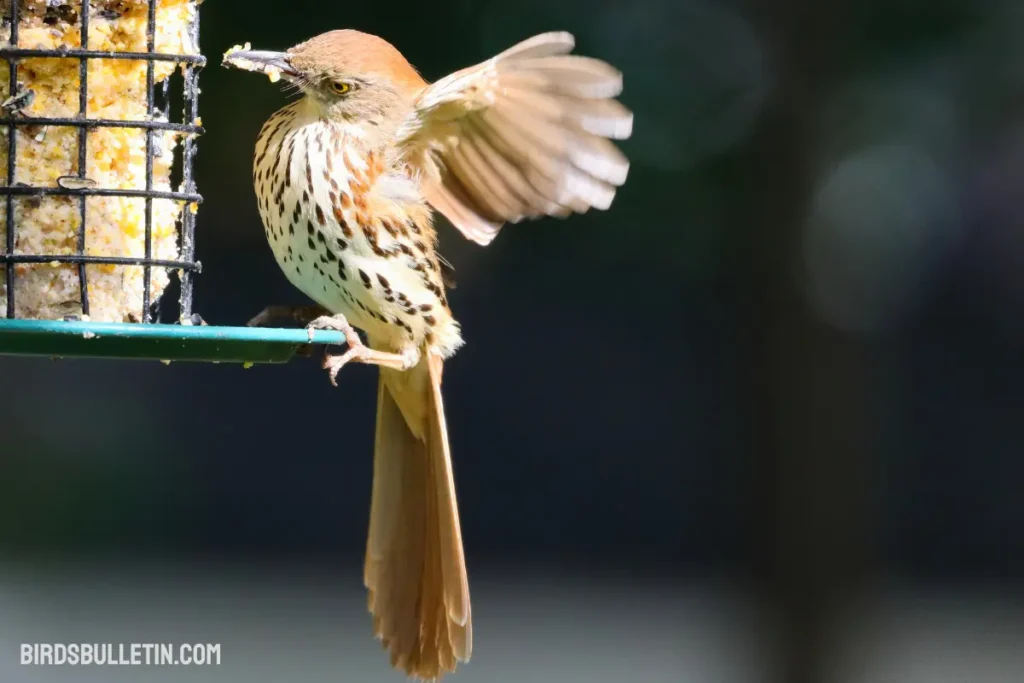
How Brown Thrashers Gather Food?
Brown Thrashers employ a distinct foraging strategy of tossing aside dead leaves and debris to uncover food hiding below. They use their curved bill to probe into soil and rotting wood. Other foraging behaviors include:
Leaf litter flipping – Their most common foraging technique is where they flip over ground litter to find insects and snails. They vigorously toss litter leaves aside, leaving a cleared area afterward.
Foliage gleaning – Also regularly pick through shrubs and low branches to glean insects and spiders from the vegetation.
Hawking – Fly out from perches to opportunistically catch insects from the air. Most common during summer.
Berry eating – Pluck small fruits directly from plants to consume; especially fond of wild berries.
Seed eating- Forage on the ground for seeds from plants like ragweed and sunflowers. Also, visit bird feeders.
Probing – Probe bill into rotting stumps or muddy areas to catch invertebrate prey.
Winter Diet
Brown thrashers switch their diet in winter to rely more on berry and seed sources when insects become scarce. Some key winter foods include:
- Berries from trees like hollies, hackberries, sumacs, and vines such as wild grapes and greenbriers.
- Seeds from plants like ragweed, croton, sedges, grasses, and herbaceous vines.
- Acorns when available, more so than other mimids.
- Persistent fruits in fields from plants like tomato, apple, pear, and cherry.
- Insects and arthropods when warmer spells make them accessible.
- Grit to help digest seed foods.
They forage mostly on the ground but also in shrubs and small trees for persistent fruits. Moving south for winter provides increased food availability for some individuals.
Nestling Diet
Adult Brown Thrashers feed their young a high-protein diet ideal for rapid growth and development. Typical nestling foods include:
- Caterpillars
- Grasshoppers
- Crickets
- Beetles
- Ants
- Wasps
- Spiders
- Millipedes
The adults carry food to nestlings in their bill. Nestlings can consume a wide variety of insect sizes and types due to their gape width. Parents make frequent trips, up to 20 per hour, to provide enough food.
Frequently Asked Questions
01. What do brown thrashers eat at bird feeders?
Brown Thrashers will visit platform feeders with various seeds, especially sunflower seeds. They also eat raisins, suet, peanut butter, and mealworms from specialized feeders. Platform feeders must be large enough to accommodate their size.
02. Do brown thrashers drink water?
Yes, Brown Thrashers need to drink water regularly like most birds. They visit bird baths and puddles in addition to natural water sources. Providing a water source can attract them to your yard.
03. Do brown thrashers eat worms?
Worms make up a small part of the Brown Thrasher diet. They will opportunistically feed on earthworms and other soft-bodied invertebrates encountered while flipping through leaf litter. But insects, snails, and plant matter make up most of their diet.
04. What time of day do brown thrashers feed?
Brown Thrashers feed from early morning to late afternoon with their most active foraging in the mornings and evenings. They’ll take breaks during the hottest part of mid-day. They forage most actively just after dawn when prey is abundant and accessible.
Conclusion
With their varied tastes and methods of finding food, brown thrashers flourish across diverse eastern habitats. Their curved bill provides excellent adaptation for tossing aside debris and probing soil to catch hidden invertebrates.
While insects and snails make up a key part of their diet through the breeding season, they can switch to eating more plant material like seeds and berries in winter when prey becomes scarce.
Brown thrashers remain common as their feeding flexibility allows them to take advantage of available resources across the seasons.
References:
- The Cornell Lab of Ornithology. “Brown Thrasher.” All About Birds. https://www.allaboutbirds.org/guide/Brown_Thrasher
- Ehrlich, P. R., Dobkin, D. S., & Wheye, D. (1988). The birder’s handbook: a field guide to the natural history of North American birds. Simon & Schuster.
- National Audubon Society. “Brown Thrasher.” Audubon Guide to North American Birds. https://www.audubon.org/field-guide/bird/brown-thrasher


